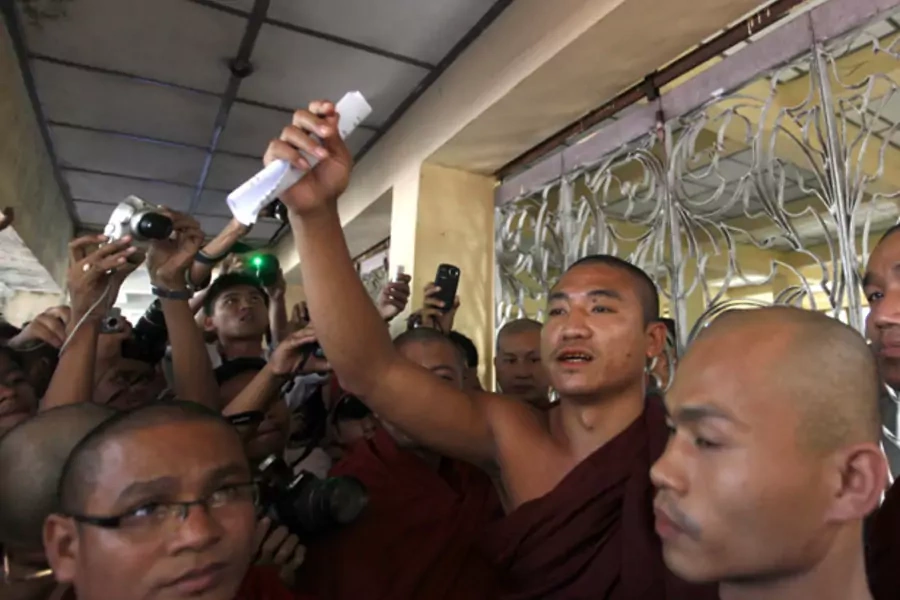Some Worrying Signs in Myanmar

More on:
Over the past year, the news from Myanmar has been overwhelmingly positive, for the first time in decades. The latest U.S. official who may apparently visit the onetime pariah is Central Intelligence Agency director David Petraeus.
To be sure, Myanmar can offer the Agency critical information, just as another former rogue, Libya under Moammar Qaddafi, offered important information on weapons programs and proliferation, even as Qaddafi’s promises on truly opening his regime and liberalizing politics proved systematically false. As I have written before, Myanmar offers one of the only opportunities for U.S. intelligence to obtain significant details on North Korea’s exports of counterfeit currency, drugs, and potentially, ballistic and nuclear technology, since Pyongyang and Naypyidaw have built an increasingly close military relationship over the past five years. Several Myanmar generals have met with some of the senior-most figures in the North Korean military apparatus, and Naypyidaw has also worked together with several elite North Korean military intelligence divisions. The Myanmar government also has had a long relationship with the United Wa State Army (UWSA), a major narcotrafficking organization operating in northeastern Myanmar, and supplying Thailand and other countries in the region with methamphetamines and other drugs. As Myanmar starts to open up, the UWSA will be a major target of the Drug Enforcement Administration, the Thai military intelligence, and the Justice Department.
But Petraeus should keep in mind that, though the overall shift in Myanmar over the past year has been positive, some worrying signs have begun to emerge in recent weeks. Several political prisoners who were released, like prominent monk Shin Gambira, appear to have been re-taken into custody for questioning, likely to remind him that he could be detained again at any time for basically any reason. A highly-touted cease-fire between the government and the Karen National Union, the longest-fighting ethnic insurgent group in Myanmar, appears to be disintegrating, suggesting that other cease-fires might fall apart as well. And though the new government of President Thein Sein had promised to liberalize Myanmar’s tightly-controlled media environment, in recent weeks there have been numerous reports that, in the run-up to coming parliamentary by-elections, the censorship department is again cracking down on the press.
In my next blog post, I will examine what Petraeus should specifically examine during his time in Myanmar. But at least for now, the U.S. government should remain cautious, realizing that some of these reforms remain highly precarious.
More on:
 Online Store
Online Store
